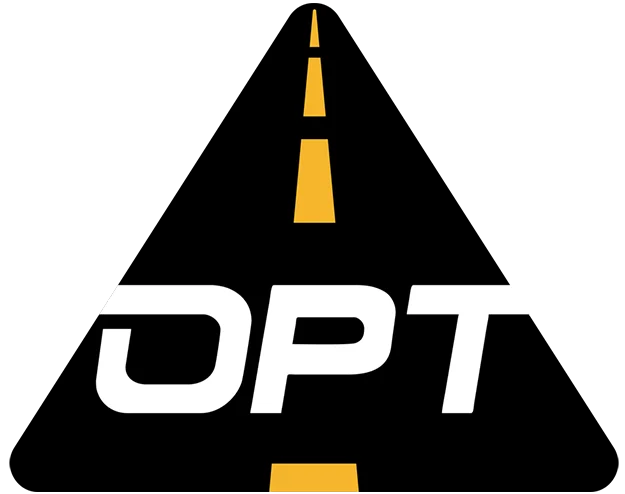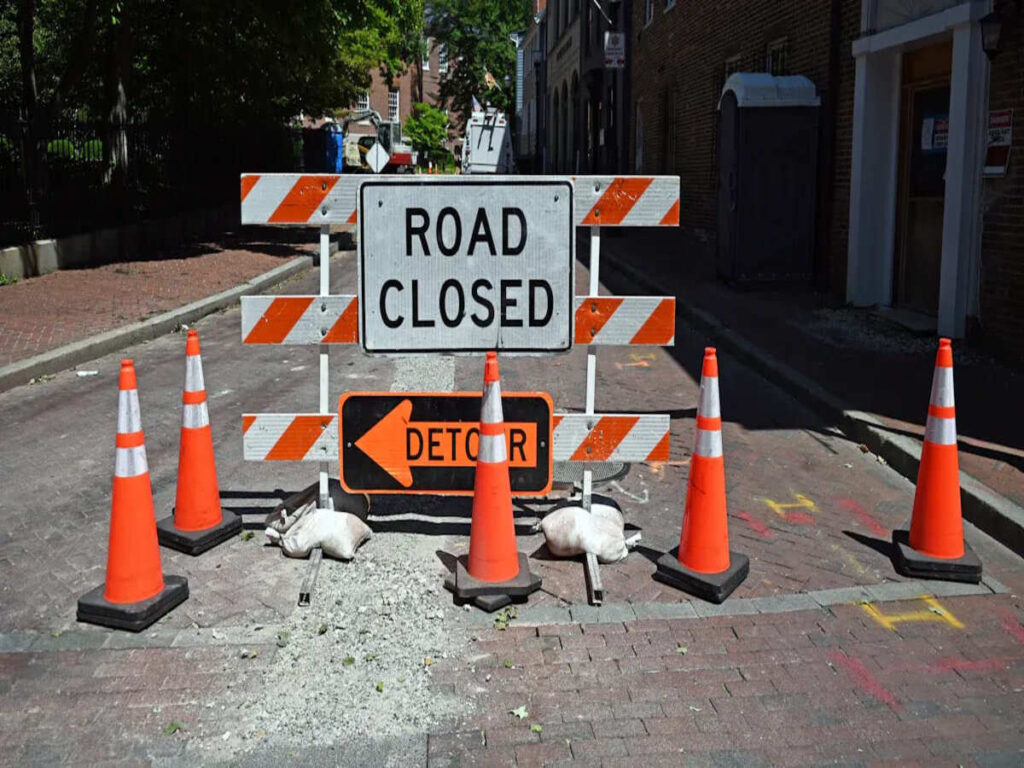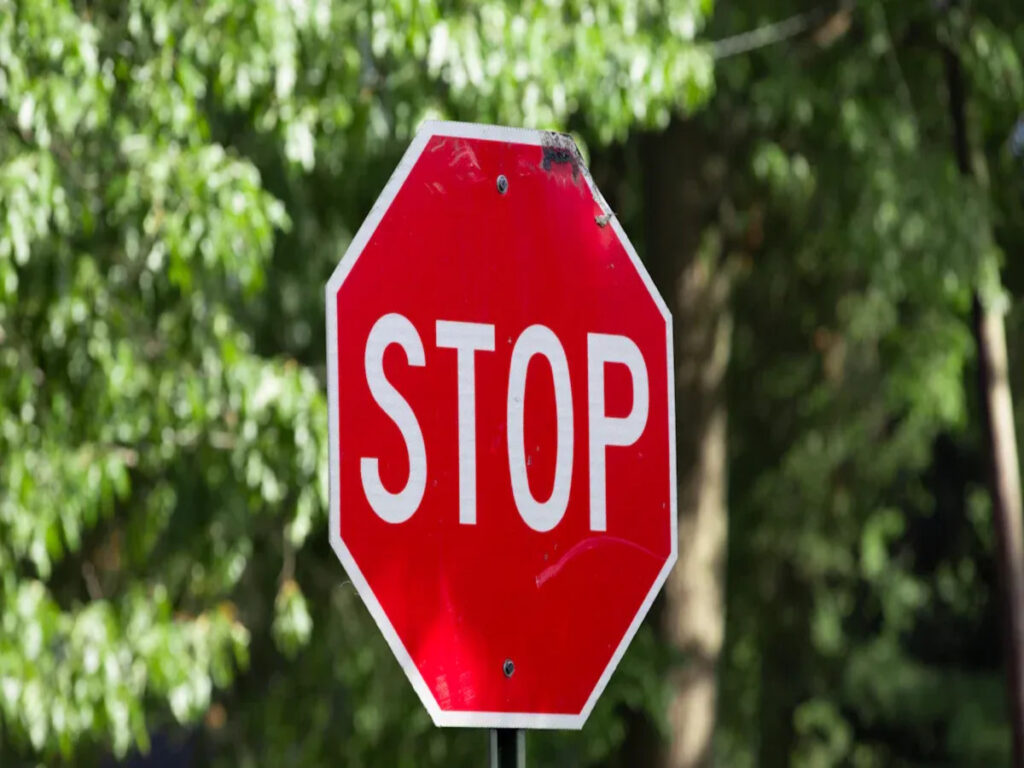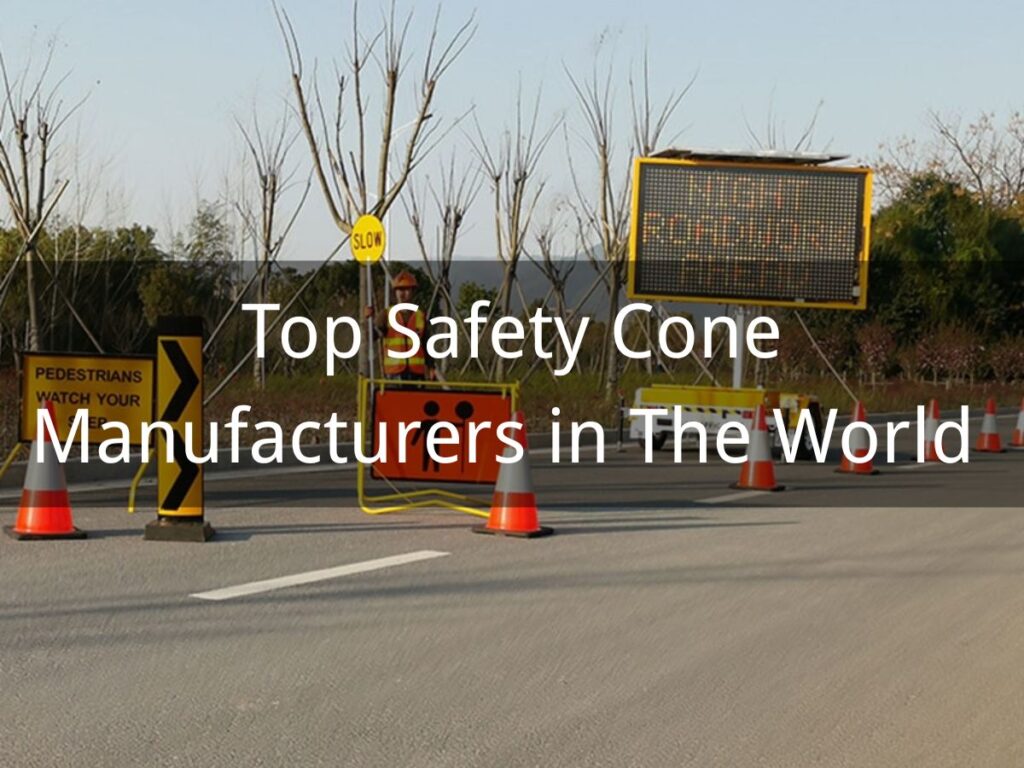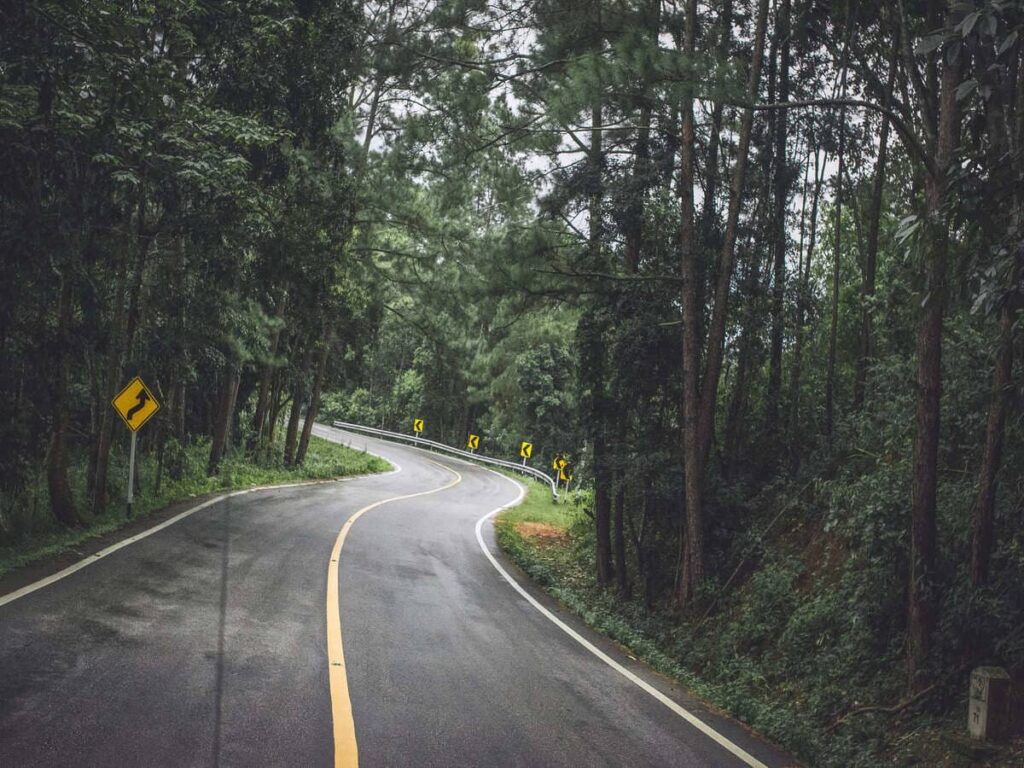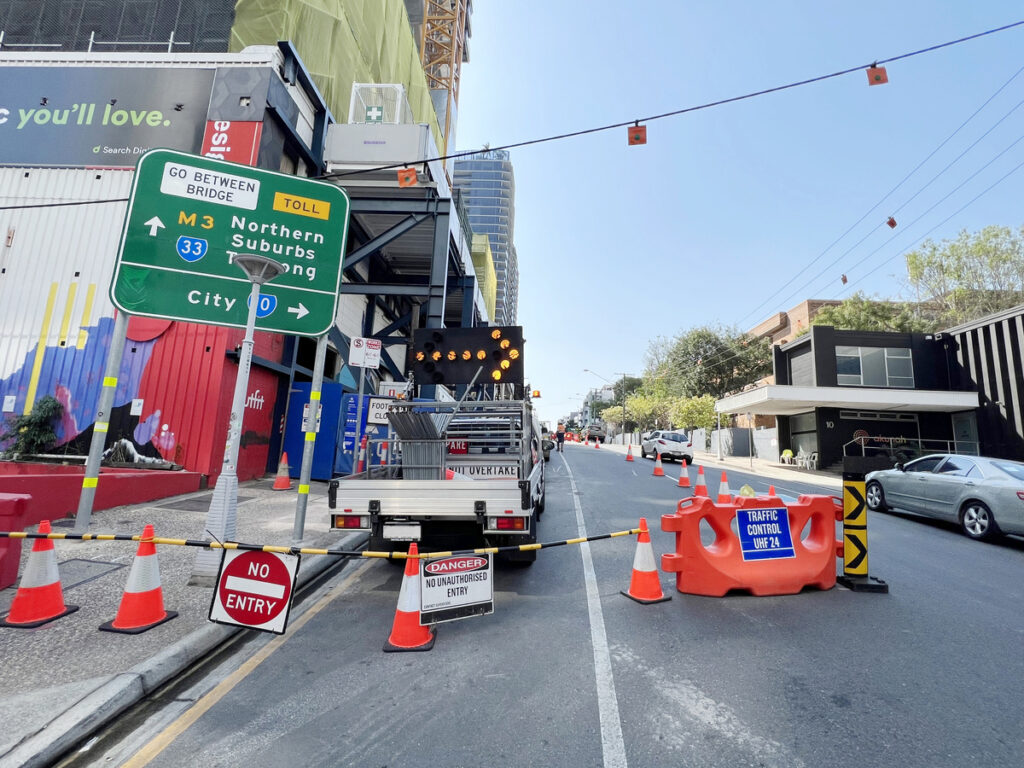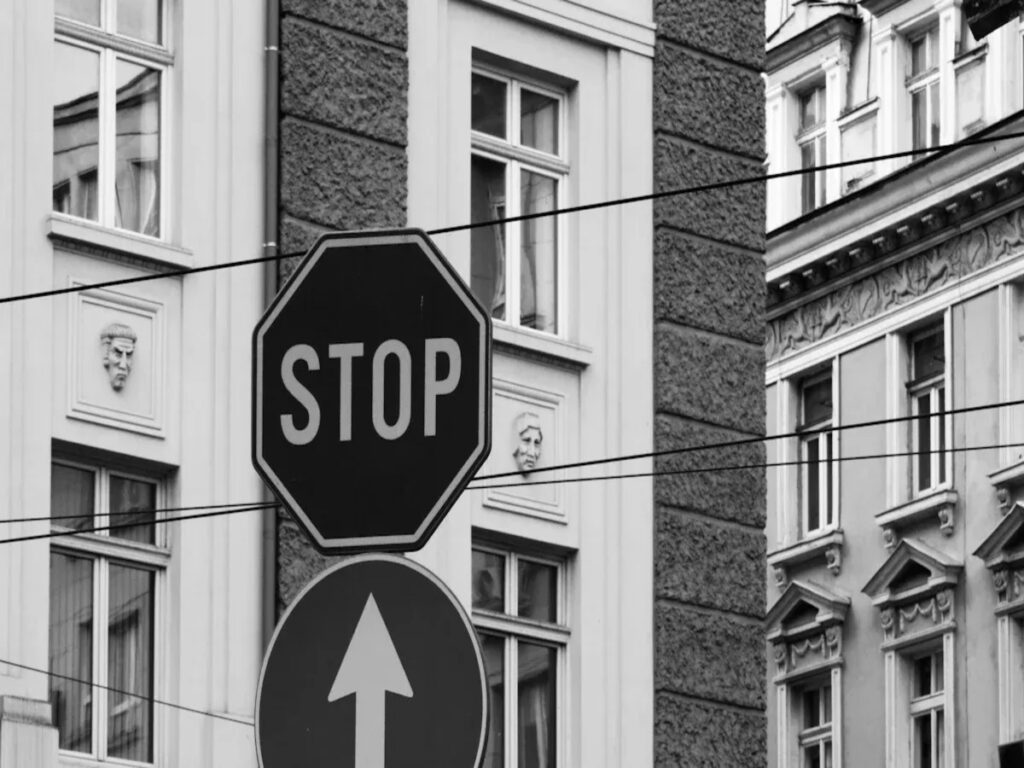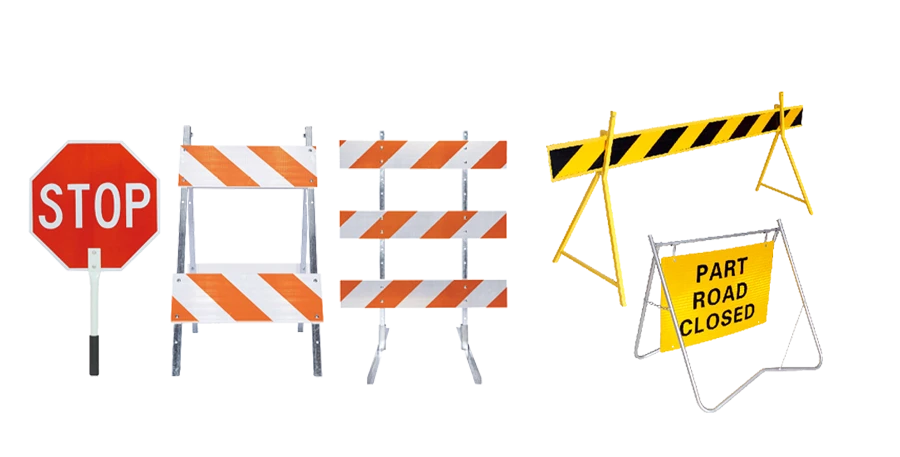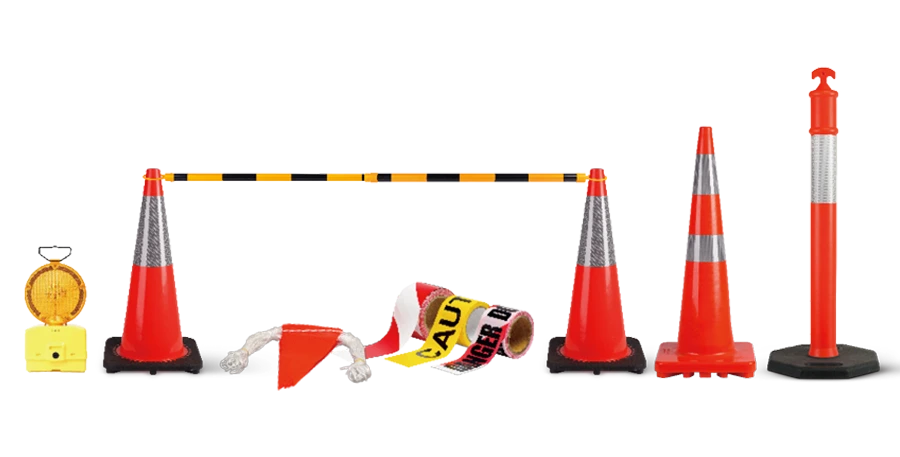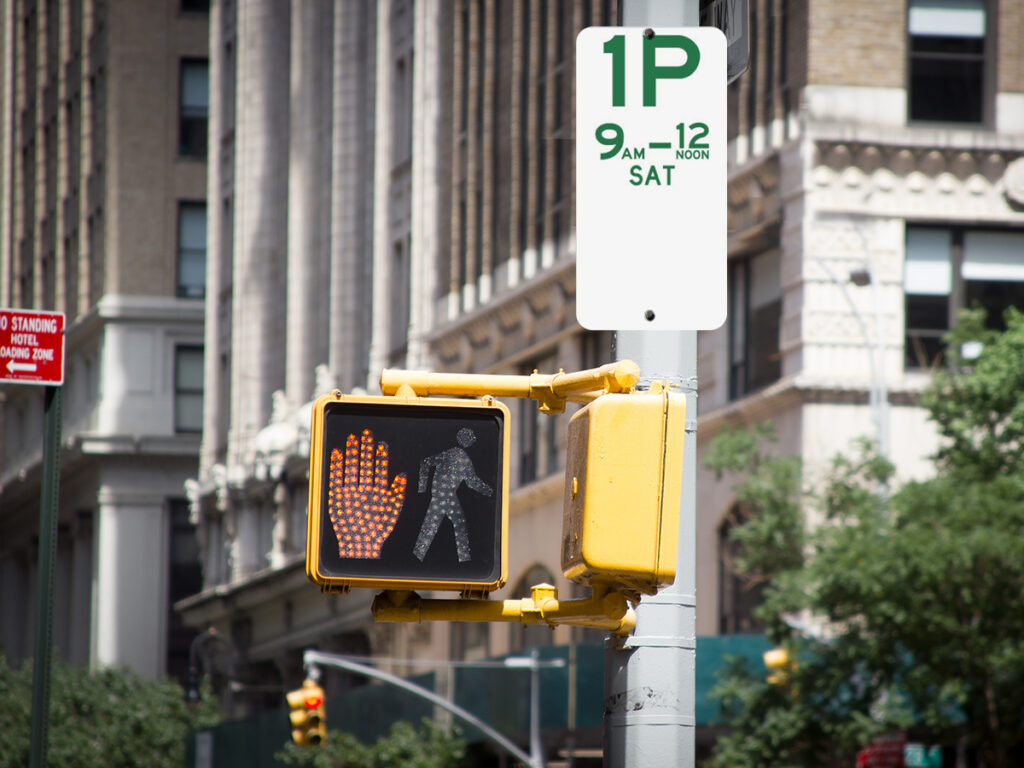
5052-H38アルミニウムは、オーストラリアの交通規制標識の最大の選択肢です. それは非常に強く、腐食に対して非常に耐性があります. また、すべての国家基準に準拠しています. 道路標識に適切な材料を選択することは、交通安全を維持し、標識がはっきりと見え続けることを保証するのに役立つため、重要です. これにより、標識の全体的なパフォーマンスも向上します. クイーンズランド州で実施された研究は、UV安定化されたアルミニウムが退色や腐食を防ぐことを示しています. これにより、トラフィックコントロールの標識が透明で耐久性があります, 厳しい気象条件下でさえ. 適切なアルミニウムを使用すると、標識の寿命が延びており、規制の順守を保証します. その結果, 交換する必要がある標識が少ない, すべての人のためのより安全な道路に貢献します.
適切な交通安全標識の素材が安全性と耐久性にどのような影響を与えるかについて詳しく知りたい場合, ブログをご覧ください オーストラリアでの販売のための交通標識の未来を物質的な選択がどのように形成するか.
トラフィックコントロールサイン: 主要な要件
可視性と反射率
交通規制標識は視認性が非常に重要です. ドライバーは記号を見て単語を素早く読む必要があります. 暗いときや雨が降っているときでもこれは当てはまります. オーストラリアのルール, のように As/nzs 1906.1, 言う 標識を停止します クラスを使用する必要があります 1 またはクラス1W反射シート. これらの材料は特殊なプリズム技術を使用しています. クラス 2 一時停止標識には反射シートは使用できません. 反射層は、次の期間にわたって適切に機能する必要があります。 10 年. これにより、昼夜を問わず標識を鮮明に保つことができます. また、人々が記号を認識するのにも役立ち、道路に関する強力な手がかりを提供します。. 反射素材により夜間や遠くからでも標識が見やすくなります。.
- クラス 1 または1W反射シート 一時停止の標識に必要です
- 反射材は最長で持続する必要があります。 10 年
- 強力なアルミニウム合金により、標識を長期間視認し続けることができます。
オーストラリアでの耐久性
オーストラリアの天候により、標識の消耗が早くなる可能性があります. 日光により看板が色褪せたり破損したりすることがあります. 暑さや寒さによってひび割れが生じたり、看板がもろくなったりすることがあります. 海の近くの塩水噴霧は、未処理の金属を錆びさせる可能性があります. ダイカストアルミニウム合金と UV 安定化素材は、これらの厳しい条件に耐えることができます。. 保護コーティングによりさらなる保護を実現. 標識の清掃とチェックをチェックすることは、多くの場合、長持ちするのに役立ちます. 優れた素材により交通標識が適切かつ安全に機能します, 過酷な場所でも.
- UV安定化アルミニウム合金は色あせやひび割れを防ぎます
- 海洋グレードのアルミニウムは塩水噴霧によって錆びません
- コーティングとケアのヘルプサインが長持ちします
コンプライアンス基準
オーストラリアの基準に従うことで、交通標識が安全で適切に機能することが保証されます. として 1743-2001 道路標識のルールをリストします. As/nzs 1734:1997 標識に必要なアルミニウム合金がどのようなものであるかを説明します. これらの規則は、合金に必要な化学薬品と厚さを示します。. 彼らはまた、金属がどれほど強くて曲がる必要があるかについても述べています. As/nzs 1906.3:2017 標識に必要な再帰反射材が何かを示します. これらのルールに従うことによって, メーカーは標識が見やすいかどうかを確認する, 最後の長い, そして、人々を安全に保ちます.
注記: 適切なアルミニウム合金と反射材を使用することは、安全性と法律にとって非常に重要です. 標識がルールに従わない場合, 故障して交換費用が高くなる可能性があります. 自分のニーズに最適な素材を知りたい? 私たちのブログを読んでください どの素材があなたに適しているか? 販売のための安全標識の比較: アルミニウム対プラスチック対磁気 あらゆる選択肢を検討するために.
5052-H38アルミニウム: 特性と利点
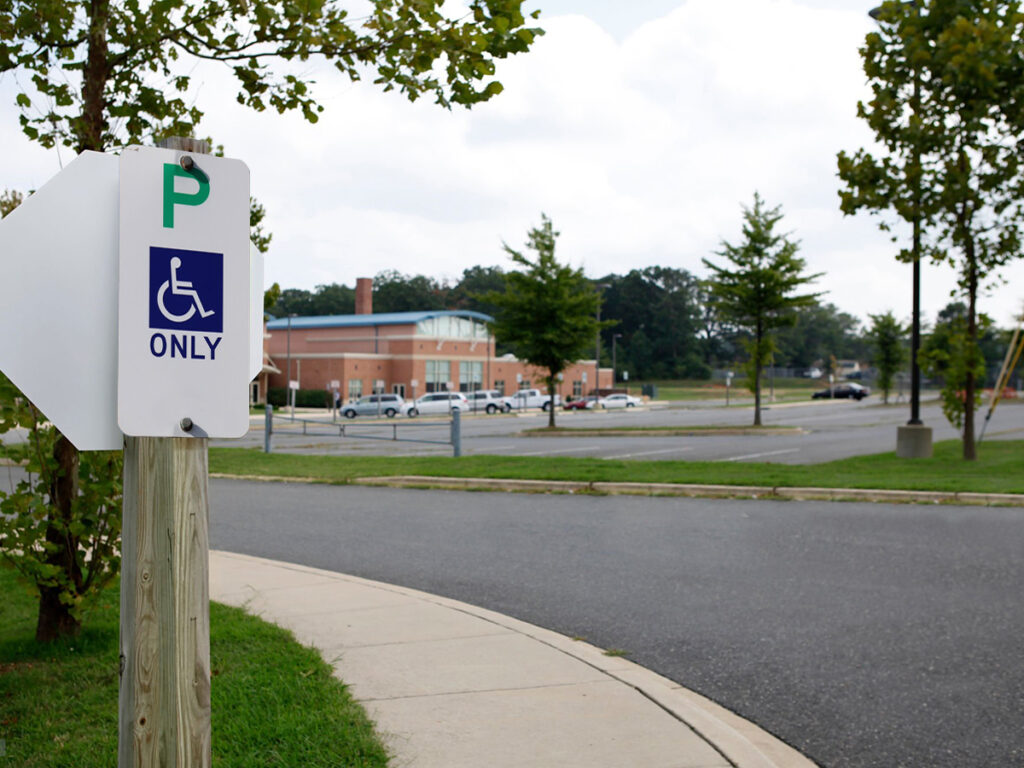
耐食性
5052-H38アルミニウム 錆びにくい. これはオーストラリアの屋外交通標識に最適です. 銅が入っていない, 塩辛い場所や海の場所でも腐食しません. この合金で作られた標識は穴や錆びが発生しません, 海の近くや大雨の中でも. 5052-H38 に含まれる高マグネシウムにより、厳しい天候でも損傷に耐えられます。. 業界基準ではこの合金に「A」の評価が与えられています’ 耐食性用. This means it works well in factories and near the sea without extra coatings. Councils and builders pick 5052-H38 aluminium because signs stay new and easy to read for a long time. Its strong resistance to corrosion means signs do not need to be replaced often. This helps the environment and saves money.
- 5052-H38 aluminium is very good at resisting corrosion in salty and chemical places.
- It keeps signs clear and easy to read, 何年も経っても.
- The alloy lasts a long time, so it helps the environment by making less waste.
Strength and Rigidity
5052-H38 aluminium is strong but not heavy. これは交通標識にとって重要です. Its high tensile strength keeps signs stiff and stops them from bending in strong wind. This strength helps signs keep their shape, even in open places. The elastic modulus of 5052-H38 is 70.3 GPA. これは、他の合金に比べて曲がりにくいことを意味します。. 降伏強度は他の合金よりも低い, しかし、ほとんどの兆候に対してはまだ十分な強度があります. 強度と簡単な成形の組み合わせにより、メーカーは簡単に設置できる丈夫な看板を構築できます。. この合金で作られた標識は立ったままで見やすくなります。, 悪天候でも.
| 財産 | 5052-H38 アルミニウム合金 | 6061 アルミニウム合金 |
|---|---|---|
| 弾性率 | 70.3 GPA | 68.9 GPA |
| 降伏強度 | 193 MPA | 276 MPA |
5052-H38 アルミニウムは強度と柔軟性を適切に組み合わせ、安全性を高めます。, 長持ちする兆候.
表面と加工性
5052-H38 アルミニウムの表面は滑らかです. 反射コーティングを施したり、看板を印刷したりするのに適しています。. メーカーはこの合金を使用して、光沢があり滑らかな標識ブランクを製造しています。. この仕上げにより、反射シートを簡単に追加できます, ステッカー, そしてプリント. 合金はさまざまな方法で処理できます, 陽極酸化処理のような, 絵画, またはブラッシング. これらの治療により、サインが長持ちし、見た目も良くなります. 光沢のある表面により標識が明るくなり、見やすくなります。, 昼も夜も. 反射面により、ドライバーは遠くから、または暗闇から標識を見つけることができます。.
5052-H38アルミも加工しやすいです. 労働者がカットできる, パンチ, 素早く形を整えます. これにより、標識の構築が迅速化され、高い品質が維持されます。. その強度により、標識が悪天候や人々が標識を傷つけようとするのに耐えることができます。. 形が作りやすいので, 標識はさまざまな道路に合わせてさまざまなサイズや形状で作成できます.
- サインブランクには光沢があり強度に優れた5052-H38アルミニウムを使用.
- 合金は加工しやすいです, そのため、標識はより速く、より適切に作成されます.
- 光沢のある仕上げにより、ドライバーは標識を視認し、安全を確保できます。.
5052-H38 アルミニウムを選択すると、交通標識は丈夫なままになります, クリア, 長年にわたって環境に優しい.
アルミニウム合金の比較
5052-H38 vs 3003
エンジニアは、5052-H38 と 5052-H38 の両方を検討することがよくあります。 3003 交通標識の素材を選ぶとき. これら 2 つの合金は人気があります, しかしそれらは同じではありません. 5052-H38にはマグネシウムとクロムが含まれています. これらにより、錆びとの戦いに強くなり、より優れた効果が得られます。. 3003 代わりにマンガンが入っています. これにより、より柔らかくなり、悪天候でもそれほど硬くなりません.
| 要素 | 3003 | 5052 |
|---|---|---|
| アルミニウム (アル) | 97.0–98.0% | 残り |
| マグネシウム (マグネシウム) | 0.0% | 2.2-2.8% |
| クロム (Cr) | 0.0% | 0.15–0.35% |
| マンガン (ん) | 1.0-1.5% | ≤0.10% |
| 銅 (銅) | 0.05–0.20% | ≤0.10% |
5052-H38 アルミニウムはより強力です 3003. 曲がったり壊れたりする前に、より多くの力に耐えることができます. 風の強い場所や海岸沿いの場所の標識に適しています. 以下の表は、各合金の強度を示しています。:
| 気性 | 抗張力 (MPA) | 降伏強度 (MPA) | ブリネル硬度 (HB) |
|---|---|---|---|
| 3003-H14 | 155 | 150 | 40 |
| 5052-H38 | 295 | 260 | 77 |
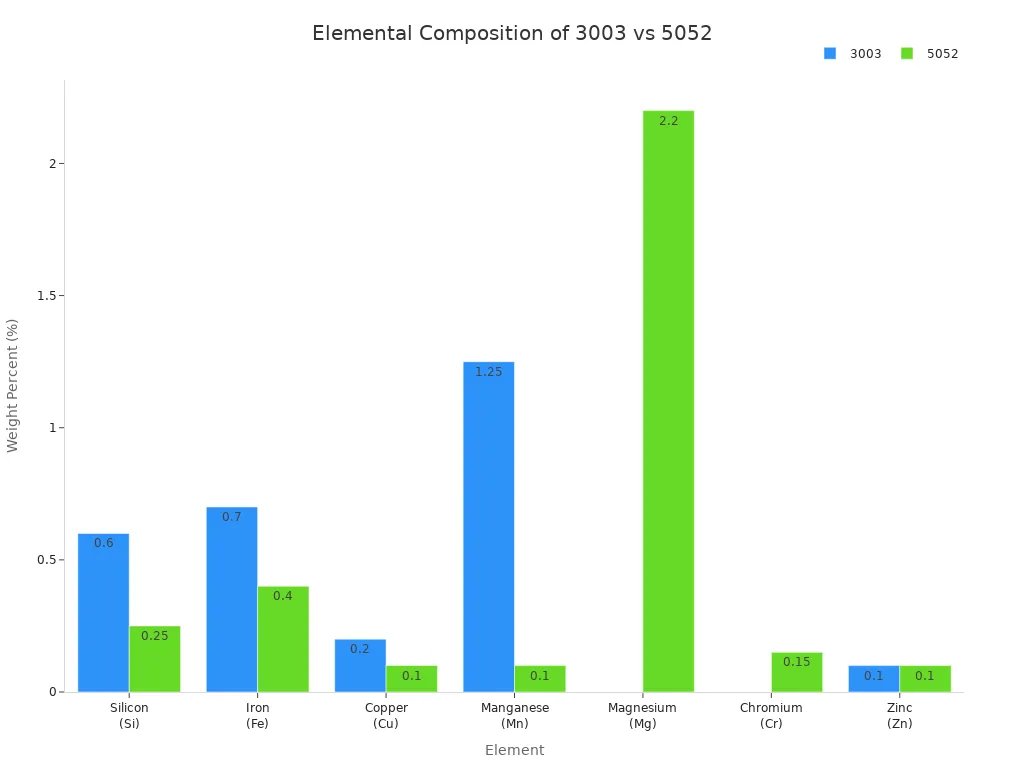
5052-H38 アルミニウムはオーストラリアの屋外看板に最適です. マグネシウムが塩分や雨から守ります. 3003 形を整えるのは簡単です, ただし、5052-H38 ほど長くは続かず、強度も持続しません。.
コストと寿命
5052-H38 アルミニウムは最初はより高価です 3003. しかし、長く続くので後でお金を節約できます. 修正の必要性が少ないため、議会や建設業者は 5052-H38 を好みます。. これで作られた標識は長年にわたって丈夫で読みやすくなります。. 3003 標識はもっと早く変える必要があるかもしれない, 特に海の近くや風の強い場所では.
多くの政府機関の仕事では、道路標識用に 5052-H38 アルミニウムが求められています。. これにより、標識がルールに従い、長期間使用できるようになります。.
5052-H38アルミは強度が高いので特別です, 錆びません, そしてとても信頼できる. メーカーは重要な道路標識に使用しています. 彼らはそれがうまく機能し、新しい標識の費用を節約できることを知っています.
取り付けと厚さのガイド
-1024x768.jpg)
厚さの選択
交通標識には適切な厚さを選択することが重要です. 標識を安全かつ強力に保つのに役立ちます. エンジニアは小さな看板に 1.6 mm アルミニウムを選択. 駐車場や速度制限標識などです。. 看板に裏紙がある場合、または安全な場所にある場合は、この厚さが適しています。. 中型の標識, 警告パネルのようなもの, 2.0mmアルミニウムを使用. 風のため、これらの標識にはさらに強度が必要です. 高速道路の大きな標識には3.0mmアルミニウムが使用されています. これにより、強風で曲がるのを防ぎます. 最適な厚さは標識のサイズと設置場所によって異なります. どのくらいの風が吹くかにもよりますが、. 適切な厚さを使用すると、標識が長持ちし、読みやすくなります。.
ヒント: 厚さを選択する前に必ずローカルルールを確認してください. オーストラリアの基準は、標識が安全法に従うのに役立ちます.
設置方法
適切に設置すると標識が安全かつ見やすくなります. 設置者が使用する サインブラケット, 標識ポスト, またはサインフレーム アルミニウム製. これらの部品は錆びず、標識と一致します. 作業員はステンレス鋼のボルトまたはリベットで看板を固定します. これにより錆びが止まり、サインがしっかりと固定されます. 道路上の標識用, エンジニアは強力なフレームと厚いアルミニウムを使用. 滑らかな 5052-H38 アルミニウムは反射シートに適しています。. このレイヤーは、ドライバーが夜間や雨天時に標識を視認できるようにします。. 丁寧な作業により傷がつきにくくなり、光沢のある仕上がりが維持されます。.
で オプトラフィック, 私たちは両方のためのワンストップソリューションを提供します 販売のための交通標識 およびその取り付けアクセサリ, プロジェクトが準拠していることを確認する, 安全, そして続くように構築されました.
メンテナンスのニーズ
5052-H38 アルミニウムは議会と労働者のコスト削減に役立ちます. 錆びません, したがって、サインは長持ちします. 標識を中性洗剤で洗い、明るい状態に保ちます. 検査官は毎年交通標識に損傷や色あせがないかチェックします. 光沢層が剥がれたり、サインが曲がったりした場合, その部分だけが変更されます. これはお金を節約し、道路を安全に保ちます. アルミ看板は長持ちします, だからゴミも減ります. 優れたデザインと丈夫な素材により、サインは長年にわたって機能します。.
5052-H38 アルミニウムはオーストラリアの交通標識に最適です. それは大変です, 錆びません, そしてすべてのルールを満たしています. これは、標識がうまく機能し、長期間持続することを意味します. 適切な厚さを選択し、優良なサプライヤーから購入することで人々の安全を守ります. 法律問題の回避にも役立ちます.
- 間違った厚さまたは間違った種類のアルミニウムを使用した場合, できる:
- 道路標識のルールを破る
- 標識を見えにくくする, 特に夜に
- 衝突事故が発生しやすくなり、法的トラブルが発生する
エンジニアは、耐久性があり、うまく機能する標識が必要な場合に 5052-H38 を選択します。.
よくある質問
5052-H38 アルミニウムがオーストラリアの交通標識に適している理由?
5052-H38アルミは丈夫で錆びにくい. 厳しい天候でも効果を発揮します. 市議会は、長期間使用できる道路標識にこの合金を使用しています。. 道路や高速道路でも明るくて見やすい交通規制標識です。. ゴミ捨て禁止の標識にも使われています.
5052-H38 アルミニウムは沿岸環境にどのように対応するか?
この合金は塩水噴霧や湿った空気に耐えます. 海の近くでの錆びや穴あきを防ぎます. エンジニアは海岸沿いの標識と障壁に 5052-H38 を選択. サインは何年も見た目が良く、丈夫です。.
エンジニアは大型頭上標識にどの厚さを選択すべきか?
エンジニアは、大型の頭上標識に 3.0mm の厚さを選択することがよくあります。. この厚さにより標識が硬くなり、風で曲がるのを防ぎます。. 反射シートやハードウェアの重量にも耐えます。.
5052-H38 アルミニウムには特別なメンテナンスが必要ですか??
5052-H38アルミニウムはあまり手入れを必要としません. 中性洗剤で掃除すると交通規制標識がピカピカになります. 検査員は毎年、損傷や色褪せがないか調べます. ほとんどの標識は、何度も修理せずに長年にわたって問題なく機能します.
5052-H38 アルミニウムをカスタムの標識形状に使用できますか?
メーカーはカットできる, パンチ, 5052-H38 アルミニウムを簡単に成形します. これにより、カスタム標識の作成が簡単になります. ユニークな形状のポイ捨て禁止標識や特別なバリアを簡単に作成できます.
